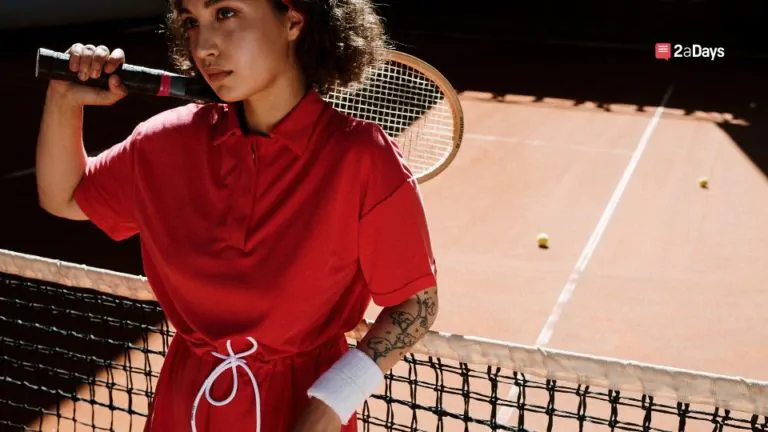In the world of college sports, athletes of different ages play at an elite level. However, everyone develops at a different pace, both physically and academically. “Redshirting” is one way the NCAA and its coaches can help athletes manage the transition from high school to college.
But what exactly does it mean to “redshirting” mean?
The simplest explanation of redshirting is that it allows for an athlete on scholarship to practice with their team, however, they cannot compete in actual games. Athletes are allowed four years of eligibility to compete and if you redshirt one year, you could ultimately get five years of education and experience. Athletes who competed during COVID can also qualify for additional years of eligibility.
Related: Recruiting FAQ's: Freshmen and Redshirting
Why redshirt?
Players (and coaches) may choose to redshirt for a variety of reasons. Usually done in the first couple years of eligibility, the most common reason to redshirt is to allow the athlete time to develop physically and mentally to the stronger, faster pace of collegiate competition.
A second reason an athlete may redshirt is due to injury–this is called a “medical redshirt.” But not just any injury will qualify you for a medical redshirt. There are a few rules that come into play here:
- The injury must be season-ending
- The injury must occur before the second half of the season
- The athlete cannot have competed in more than 30% of the season, or 3 competitions, prior to injury
Related: How Does the NCAA Medical Redshirt Work?
A third reason is what is called the “academic redshirt.” This redshirt rule states that athletes cannot compete if they don't meet certain academic standards of the college or university coming out of high school. This rule was created to ensure athletes are focusing on classroom studies and not just on athletics. Though this rule is well intentioned, it has been criticized for increased ineligibility numbers for unprepared freshman, especially those from lower income school districts–but with this rule the NCAA hopes to increase graduation rates overall.
In order to be academically redshirted an athlete must:
- Complete 16 college courses
- Meet the academic redshirt sliding scale (GPA, SAT, ACT)
- Graduate high school
Should you be concerned if/when you are redshirted?
Not at all. Redshirting can be a positive thing in many ways. First, the coaching staff wants time to develop your full athletic & academic potential. They are setting you up for success by giving you time to be stronger & smarter to compete more effectively. They also want to make sure you've adjusted to the rigors of college academics.
Second, as a redshirt, you are still an asset to the team. Redshirts still practice and train just as much as every other athlete involved. You will better your game while also bettering that of those around you without the added pressure of competition, which can be a great thing.
Finally, in many cases, you'll also be able to get another year of college paid for. Assuming you're taking the appropriate number of credits each semester, you could leave school with your master's degree–for free. Your parents will appreciate that!
Although there are many benefits to redshirting, make no mistake: you will still practice and train just as hard as every other athlete there. You are still expected to go to each practice, team meeting, study hall hours, etc. There is no “taking it easy” when you redshirt, but when you are focusing on making yourself and your team better, you cannot go wrong.
Just like anything else that comes with the college transition, redshirting requires an open mind and a can-do attitude. But these are qualities you most likely already have in order to have been recruited initially. Be prepared and elevate your game.
Have an idea for a story or a question you need answered? Want to set up an interview with us? Email us at [email protected]
* Originally published on February 24, 2023, by Simmone Collins







